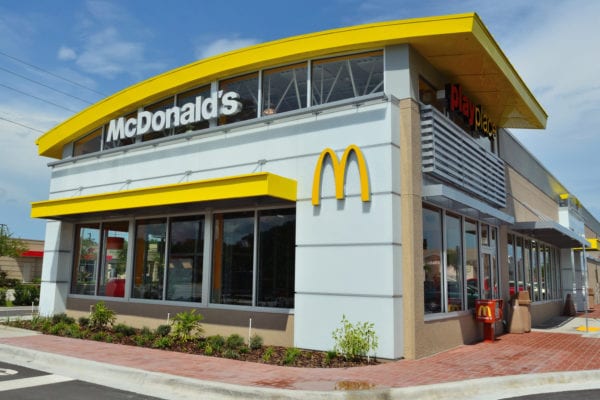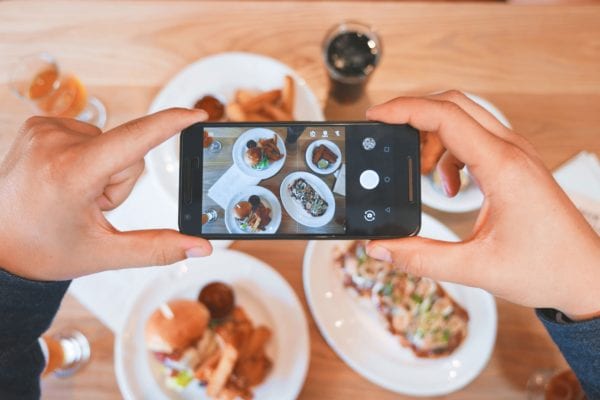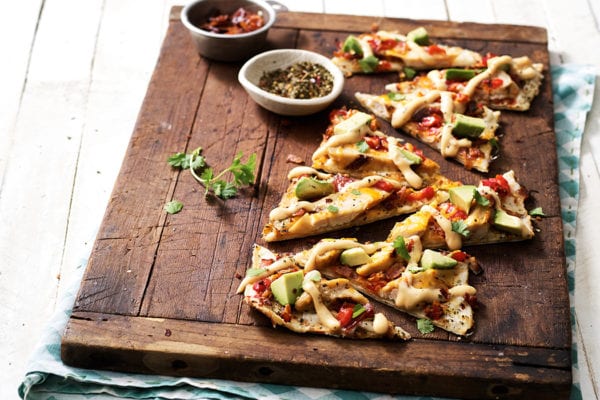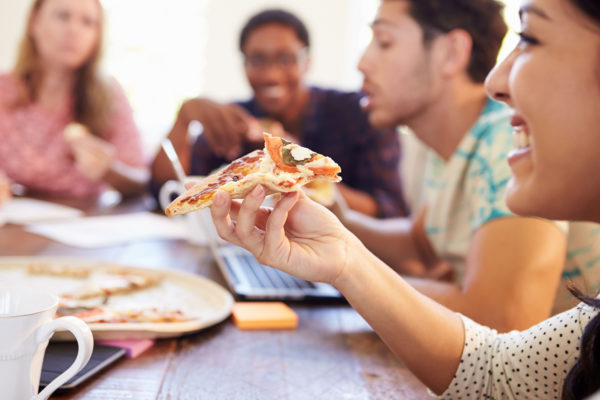Skift Take
Using data to drive personalized customer interactions means everything in Uber Eats' approach to growth. If the delivery service has its way, it'll be able to predict what you want to eat before you can even finish asking the question.
— Erika Adams
Uber Eats is both the newest and the fastest-growing third party delivery service in the U.S., and has processed over $6 billion in orders on its app this year.
As Uber Everything head Jason Droege explained on stage at Skift Tech Forum today, those statistics are born out of a relentless focus on how to personalize every customer interaction on the app so they get exactly what they want as quickly and reliably as possible.
Droege said that Uber Eats keeps data on each customer’s order history, browsing history, physical location, and time of day, which allows the tech to preemptively guess what customers want to eat as soon as they open up Uber Eats. For example, if a customer always fires up the app at home at 6pm at night and places large orders, Uber Eats learns that that person is probably looking for family dinners when they are in that place at that time. The next time that they open up the app in the same timeframe at the same location, it’ll go ahead and suggest restaurants that best fit that criteria.
If the same customer opens up the app at 12pm at work, Uber Eats will adjust suggestions to better fit lunch for one person. Plus, the app can go so far as to highlight dishes instead of restaurants, further speeding up the ordering process. Recommended dishes can change based on order history, so pictures of burgers won’t keep popping up if the customer goes vegetarian.
Restaurant Focus
Droege also outlined how data collection can benefit the restaurant through virtual restaurant launches. Uber Eats can suggest other types of food that would perform well in a certain area, and restaurants can launch new menus and separate concepts exclusively on Uber Eats to serve more food without building out any extra space. “The more they can turn inventory and utilize the kitchen, the more profitable both businesses will be,” Droege explained. Restaurants also have access to extremely specific levels of feedback. The reviews that customers leave on Uber Eats provides data down to the way a quality of a dish could vary from day to day.
Going forward, the Uber Eats team is continually focusing on ways to drive more personalization through a “dish-first” recommendation approach, instead of leading with restaurant listings. The power and flexibility of digital menus to drive orders is still relatively underutilized, and it’s where Uber Eats sees a lot of potential. “You go to Amazon or any e-commerce website and there’s dynamic content there,” Droege said. “They change things based on what they may or may not know about you to try and get you what you want faster. That hasn’t really happened in the food delivery space.”




